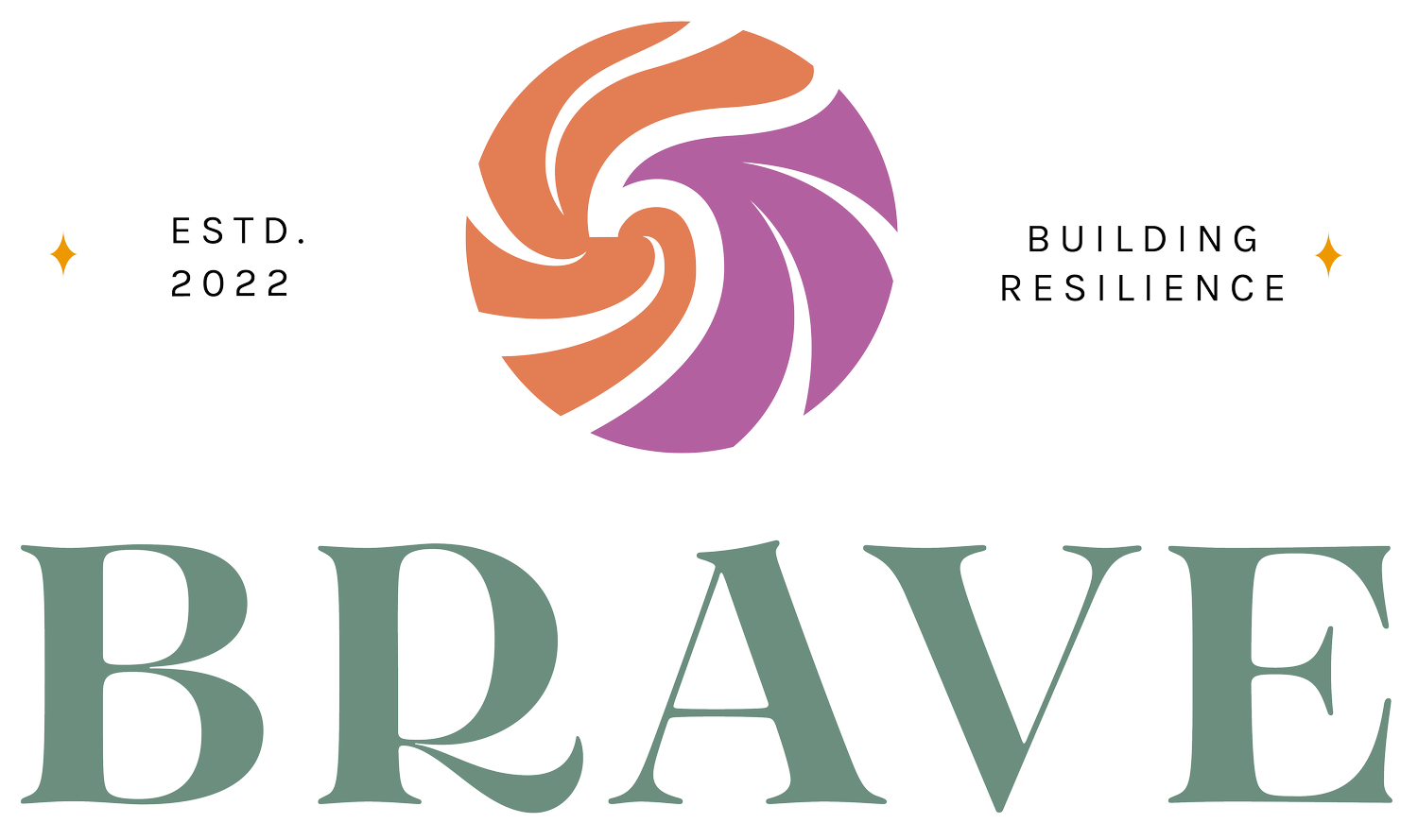The Ripple Effect of Resilience: How Supporting Other Trauma Therapists Builds You Up
You’ve probably never been told this: Every time you support another trauma therapist, you’re supporting yourself, too.
Whether you’re sharing a resource, offering a word of encouragement, or simply naming a glimmer from your work—you’re doing more than helping someone else.
You’re strengthening your own resilience.
That’s the ripple effect of resilience. And it’s one of the most overlooked, under-celebrated parts of this work.
But the impact is real—and it’s happening every time you choose connection over isolation.
So what exactly is this ripple effect, and why does it matter so much for your sustainability as a trauma therapist?
What is the Ripple Effect of Resilience?
The ripple effect of resilience is simple but powerful.
Every time you pour into another trauma therapist—even in small ways—you’re creating impact far beyond that single moment.
When you send a podcast recommendation…When you drop a word of encouragement in a consultation call… When you share a glimmer from your sessions…
That act doesn’t just support the person you’re speaking to. It creates a ripple that extends outward:
→ To their clients
→ To their community
→ To the colleagues they go on to support
→ And back to you
This isn’t performative giving.
This is how we build collective resilience and professional sustainability in a field that often feels heavy and isolating.
How Supporting Other Trauma Therapists Builds Your Own Vicarious Resilience
You already know about vicarious trauma—how exposure to other people’s trauma stories impacts you over time.
But do you know about vicarious resilience? Any time I ask this during a live training (outside of BRAVE of course!), at least 80% of the trauma therapists in attendance have never heard of it.
So if that’s you, you’re not alone!
Vicarious resilience is what happens when you don’t just witness suffering—you witness healing, growth, and change in your work with your clients. And it’s not just the big stuff, it’s mostly the little things that happen every day in your work that have the biggest impact on your vicarious resilience.
And to super charge this vicarious resilience, we move beyond the therapy session! Because when you name those moments out loud and reflect on them with other trauma therapists who understand, vicarious resilience is truly installed in your body and then enhanced for you and your colleague!
When you share these moments, your body and brain respond:
Oxytocin increases—the bonding hormone that helps you feel safe and connected
Cortisol decreases—your stress hormone levels drop
Your social engagement system activates—moving you out of survival mode and back into openness and calm
This isn’t theoretical—it’s neuroscience.
Inside BRAVE, I see this ripple effect every week.
Recently, a member shared a moment during a client session when they witnessed the client reclaim their voice after years of feeling powerless. When the member shared that story in our consultation call, you could feel the shift in the room. Other members started reflecting on and sharing similar moments in their own work.
You could feel the lightness, the connection, and the reminder that what we do matters.
That’s the ripple effect of resilience. It multiplies when we share it.
Why Professional Generosity Fights Therapist Burnout
I know what you might be thinking: Jenny, I’m already exhausted. I don’t have the bandwidth to pour into anyone else.
I hear you.
And here’s what I want you to know -This isn’t about doing more or giving until you’re empty. This is about tapping into a renewable energy source that already exists in your work—the power of professional generosity to enhance vicarious resilience.
When you reflect on vicarious resilience out loud, when you show up in community and share those moments, you’re not draining your well.
You’re filling it.
You’re creating the conditions for vicarious resilience to grow so it can sustain you, session after session, year after year.
Professional generosity isn’t self-sacrifice. It’s self-sustainability.
Because when the people around you are stronger, you are stronger too.
How to Start Creating the Ripple Effect in Your Work
Here are four ways you can start building this ripple effect in your work today:
Share a glimmer.
Whether it’s in a consultation call, peer supervision, or even a text to a colleague—name the moments of growth you’re witnessing with your clients.Send an encouraging message.
Reach out to a trauma therapist you know and remind them they’re not alone in this work.Reflect out loud.
Whether in a group space like BRAVE or with one trusted colleague, speak your experiences of vicarious resilience.Download the BRAVE Soft Transitions Exercise.
This free, simple tool will help you identify moments of vicarious resilience and even decide which colleagues you want to share them with.
These small actions aren’t just good for others.
They’re good for you.
The Ripple Effect Starts with You
You don’t have to hold your resilience in silence.
When you name it, when you share it, you strengthen yourself—and the entire trauma therapy community.
So I want to leave you with this:
Who has helped you experience vicarious resilience?
And how can you pass that ripple forward today?
And make sure to -
✨ Download the free Soft Transitions Exercise
✨ Join us inside the BRAVE Trauma Therapist Collective and experience the ripple effect in real time!
You deserve to feel that ripple, too.




